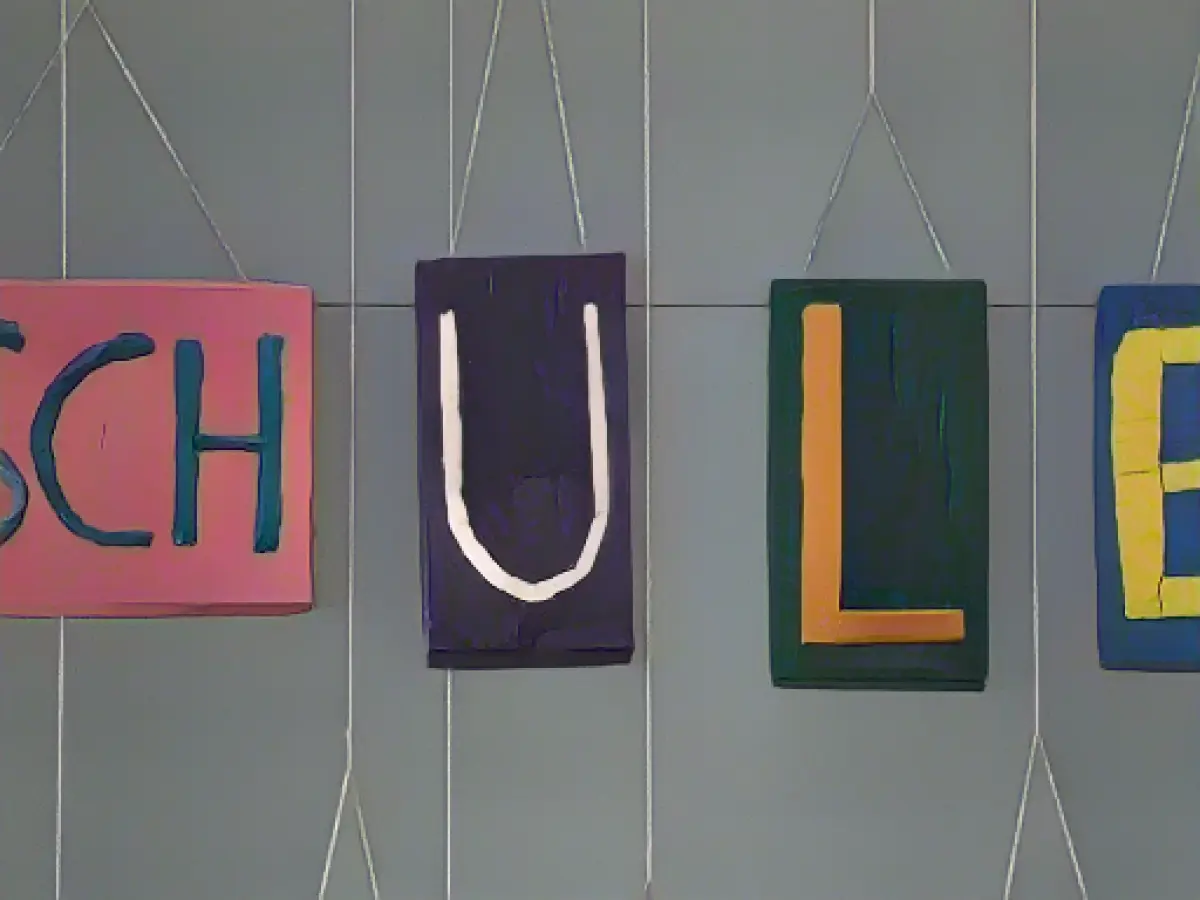Teacher shortage: schools increasingly rely on lateral entrants
In view of the shortage of teachers, schools in Germany are increasingly relying on lateral entrants. According to a survey, two out of three principals (66%) now employ teachers at their schools who do not have a teaching qualification. The proportion has risen rapidly over the past five years, according to a representative Forsa survey of over 1,300 head teachers across Germany. In 2018, only 37% of principals stated that they would take on lateral entrants. The Verband Bildung und Erziehung (VBE) presented the results of the survey on Friday at the School Leadership Congress in Düsseldorf.
The shortage of teaching staff is still seen as the biggest problem by 62% of principals. This was slightly less than in the previous year (69 percent). A good third named inclusion and integration as the greatest difficulty. One in four principals complained about the high workload and lack of time.
Gaps in teaching staff at all types of school
Half of principals stated that at least one teaching position had not been filled at the start of the current school year. For 17 percent of them, there were even three or more vacancies. According to the survey, lateral entrants are hired as teachers across all school types.
The situation is even worse at schools where there is already a shortage of teachers, according to a written statement by the deputy federal chairman of the VBE, Tomi Neckov. Around one in five principals (22%) said that their school was now more than 15% short of teachers. In 2021, around one in six principals (16%) had complained about this major teacher shortage.
For the VBE, the explanation is obvious: "There are schools in certain districts or regions that are more popular than others and perhaps also have less difficulty filling vacancies," explained Neckov. And there are schools that have major problems finding teachers. "Where there are the greatest challenges, there is a shortage of teachers."
Advantages and disadvantages of lateral entrants
The education association views the recruitment of lateral entrants with some skepticism. In some cases, people from a wide range of professional backgrounds are employed in schools without appropriate prior qualifications. However, with the right qualifications, lateral entrants can be enriching. The shortage of teachers acts as a catalyst for lateral entry.
"The only ray of hope is that lateral entrants can somewhat reduce the acute shortage and the outlook for the future is somewhat better this year," says Neckov. Around a quarter of principals expect to be less affected by the shortage of teachers in the future. However, three out of four principals (75 percent) estimate that their school will be severely or very severely affected by the shortage of teachers in the future. These are often secondary modern, intermediate and comprehensive schools as well as special schools.
Problems with legal entitlement to all-day care
The education association is critical of the future legal entitlement to all-day care at elementary school (OGS). A third of primary school principals say that their respective local authority will not be able to ensure implementation by the 2026/27 school year. From 2026/2027, the legal entitlement to an OGS place will come into force nationwide, initially in the first years of elementary school.
Despite all the stresses and strains, according to the survey, a total of 83% of school principals surveyed enjoy or rather enjoy their job - slightly more than in the previous year. Only 16 percent dislike going to work.
However, more and more principals feel that the expectation that schools should solve all social problems is very stressful. The proportion rose from 55% to 62%. Neckov's conclusion: "Schools cannot solve what is going wrong everywhere else."
In response to the teacher shortage, many schools in Germany are turning to lateral entrants without traditional teaching qualifications, with 66% of principals employing them. To address the gaps in teaching staff, schools are hiring lateral entrants across all school types, including secondary modern, intermediate, comprehensive, and special schools.
Source: www.dpa.com








